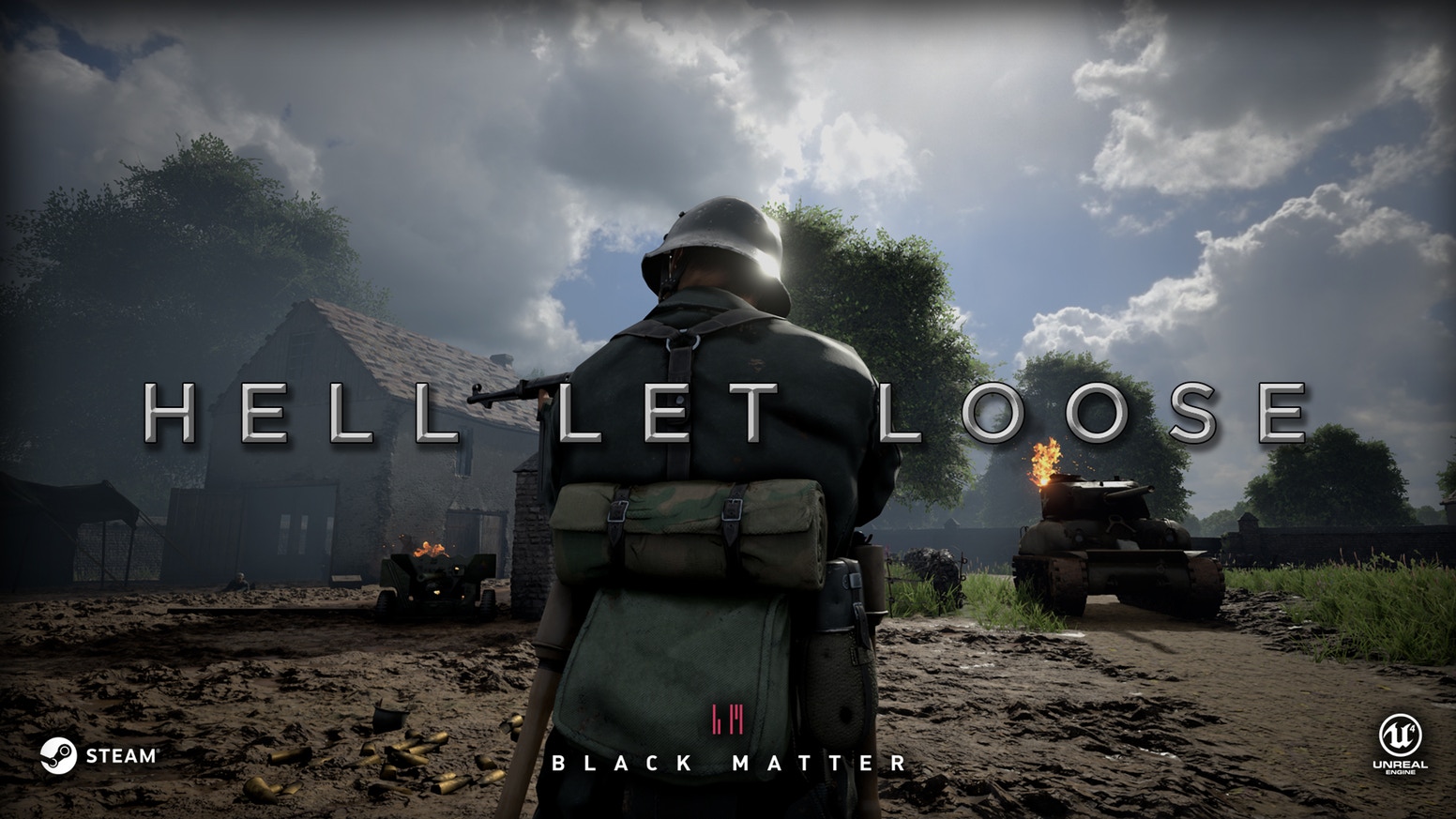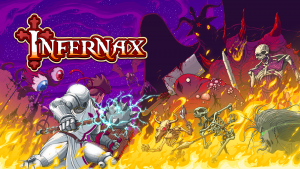
Note: This is an Early Access review, written on January 5th 2020, and using the respective version of the game.
WWII shooters are hardly a new concept, in fact they have been pretty much done to death at this point. Gamers the world over could be forgiven for overlooking a new WWII FPS launch as just another game to add to the list, but the features and merits of Hell Let Loose warrant a more detailed look than you might normally give to a game of this genre.
Hell Let Loose seeks to stand out from rival titles with the scale present in its gameplay. The maps are large, with 100 players fighting over famous areas such as Omaha Beach. The game also falls into the category of being a more mature or realistic title than more arcade-style FPS games out there. A single hit to the chest from pretty much any primary weapon is enough to down you. Being hit in a limb or catching only a partial piece of damage from grenade shrapnel or explosive will only wound you, but these have to be bandaged quickly or you will bleed out. Medics can revived downed comrades, so long as they were not shot in the head, or took too much damage from an explosion, which will take a player out of the fight immediately. Don’t expect to run around relying solely on quick reflexes to keep you alive, playing effectively in Hell Let Loose requires teamwork and communication.
Thankfully, the game doesn’t just stick 50 players on either side and have them let loose against one another. Teams are broken down into 3 different squad types, infantry (most players will fall into this category), armour and recon, with a Commander on each team overseeing the main battle plan. You will need to choose a squad and role type before jumping into the action. The roles have some nice diversity, and most are locked to 1 player per 6 man squad (for infantry) to make sure the squads can operate effectively. The Officer can place spawn points and will communicate with the Commander, who in turn will direct each squad’s overall plan back to the Officer. Medics can heal downed team mates, Engineers can place defensive structures and resource nodes, and Supports can place supplies to ensure the other classes can make use of their unique abilities. Whilst the squad based gameplay is certainly one of the game’s strong areas, some of the intricacies of each role operates could be explained better, especially considering how important using class mechanics is to playing effectively. The Field Manual in the main menu will give some descriptions of how mechanics work, but I would hope to see some tutorials in a later or full release of the game. Luckily, squad mates will normally help you to understand your role if you ask them, as it helps the squad operate.
Considering the large maps players fight on, the amount of added features on display here is impressive. The Commander can support their squads with artillery strikes and armoured units, but must maintain resources to do so, adding another layer of depth to a match. This subtlety may not be obvious to a new player, but it can have a major impact on the game. The suppression mechanics are a nice touch. Taking fire from enemies, even if not taking a direct hit, can cause your character to shake and their vision to go black and white, making it difficult to stick your head up from behind cover and open fire on incoming enemies. This is most effective when using machine guns, which also fire tracer rounds, causing red or green flashes to zip across the battlefield, showing where the bullets are making contact. Not only do both of these inclusions make the game feel more authentic, they are also practical mechanics. When a team mate showers an enemy position with tracers, you know that you will have a decent chance of being able to move up without taking too much return fire. Dead bodies will remain ragdolled for some time, meaning you will often shoot an enemy body, not realising they have already been killed. The bodies will also react to nearby explosions, being catapulted by artillery or grenades. This was sometimes genuinely unnerving.
From a graphical perspective, the game looks pretty solid. Nothing stood out as looking sub par or out of place. The sound design is the game’s biggest strength. Guns make serious noise, bullets create noise when they fly past or hit the ground near you, tanks are imposing and their guns feel like they have serious weight behind them, artillery shells screech before impact, and characters scream when they get hit. The game does fall down in a few technical areas. I tried to join servers with several available player slots, but then had to wait in a queue. On top of this, I frequently had an error message saying I lost connection to the server when trying to join (regardless of whether or not there was a queue). In terms of in-game performance, the game ran reasonably. It defaulted all the graphics settings to Epic, and my PC (understandably) struggled in some areas. Having changed some settings down, the game ran without too much difficulty. Those with high-end rigs should have no problem, but those with more middling or outdated rigs may want to check if they will be able to run the game on decent settings. One small thing that did annoy me in game was when you hold your breath whilst ironsighting for increased accuracy, if you are moving, the game will take you out of ironsight mode. I understand as a design choice that you need to be stationary in order to use the increased accuracy mode, but having the game take me out of ironsights instead of just not giving me the extra accuracy due to moving got me killed on a few occasions, as I ending up dropping my gun down when facing an enemy.
Hell Let Loose brings a lot to the table. It may end up getting written off as just another WWII game, but that would be a shame. Its design features make it one of the most immersive and authentic WWII titles out there, whilst it also manages to have large scale combat which holds on to a sense of order and organisation through its squad system. It also throws in some extra mechanics rarely seen in FPS titles that do, at this point, separate it from its immediate competition. There were a few hiccups on the technical side, but with additional content to come and patches to help iron out the issues, coupled with a low price tag, the final release could be a fantastic title.







